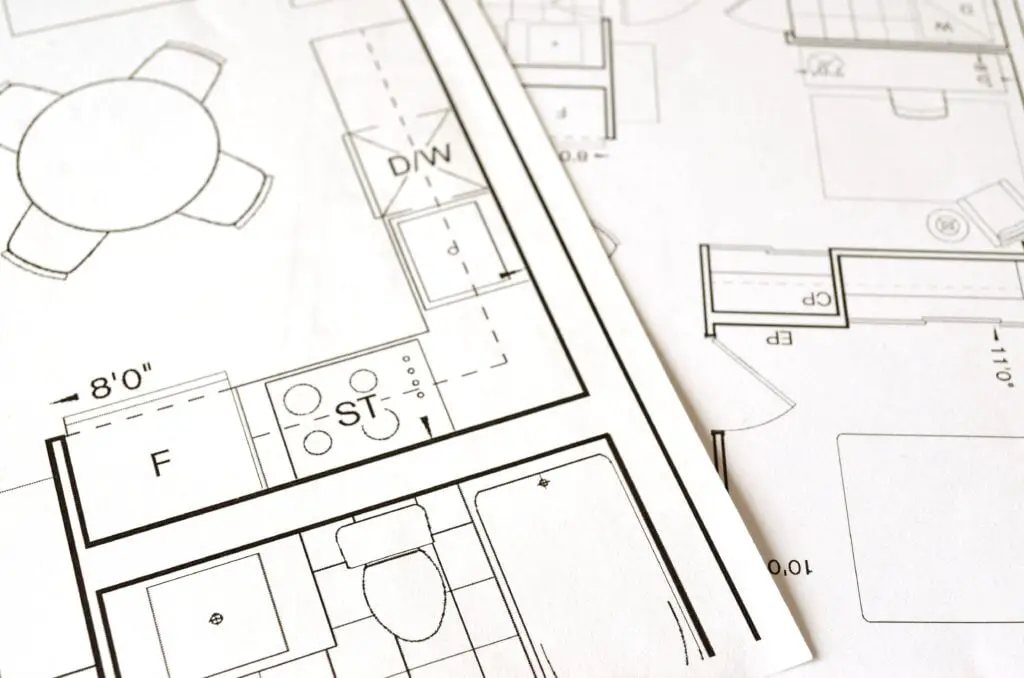
The Risks of the Build and Sell Model in the Philippines: A Guaranteed Comprehensive Analysis
The Philippines has experienced remarkable economic growth in recent years, and the real estate sector has played a significant role in this expansion. One of the prevalent trends within the Philippine real estate market is the “Build and Sell” model.
This model involves property developers constructing residential and commercial units and selling them to buyers, often before the construction is completed.
While this approach has its advantages, it also presents several risks and challenges that both developers and buyers must be aware of. In this article, we will explore the key risks associated with the Build and Sell model in the Philippines.
- Regulatory Risks: The Philippine government has implemented various regulations and policies to govern the real estate sector. Developers must obtain permits, licenses, and approvals for their projects. Failure to comply with these regulations can result in project delays, fines, or even project suspension. Additionally, changes in government policies and regulations can significantly impact the real estate market, affecting property values and the ability to secure necessary permits.
- Construction Delays: One of the significant risks in the Build and Sell model is construction delays. Developers may face challenges such as labor shortages, supply chain disruptions, and adverse weather conditions that can prolong construction timelines. These delays can be particularly frustrating for buyers who have already made down payments or entered into purchase agreements.
- Financial Risks: Developers often rely on pre-sales to finance their projects. However, if the developer mismanages their finances or faces unexpected costs, they may struggle to complete the project. This can leave buyers in a precarious position, as they may not receive the property they paid for or may face significant delays.
- Quality Control Issues: In the rush to complete projects and meet sales targets, some developers may cut corners on construction quality. Buyers who purchase properties before they are completed may encounter issues with workmanship or materials. These quality control problems can lead to costly repairs and disputes between buyers and developers.
- Market Volatility: The real estate market in the Philippines can be volatile, with property values subject to fluctuations. Buyers who purchase properties early in the development process may find that the market value of their property does not appreciate as expected. This can impact their investment returns and financial stability.
- Defaulting Developers: In some cases, developers may default on their obligations, leaving buyers in a difficult situation. This could result from financial difficulties, legal issues, or mismanagement. Buyers who have made significant payments or invested their savings in a property may face financial losses in such situations.
- Limited Buyer Protections: While there are regulations in place to protect buyers in the Philippines, enforcement can be a challenge. Buyers may find it difficult to seek recourse in case of disputes with developers, especially if the developer is uncooperative or lacks the financial means to provide remedies.
- Hidden Costs: Buyers who purchase properties in the Build and Sell model may encounter unexpected costs, such as homeowners’ association fees, utility connection fees, or property maintenance expenses. These additional expenses can strain the finances of buyers who were not adequately informed about them.
Conclusion
The Build and Sell model in the Philippines offers both opportunities and risks for developers and buyers alike. While it can provide developers with a means to secure financing and buyers with the chance to purchase properties at lower prices, it also carries significant risks, including regulatory, financial, and quality-related challenges.
To mitigate these risks, it is crucial for both developers and buyers to conduct thorough due diligence, seek legal advice when necessary, and carefully evaluate the terms and conditions of any purchase agreements.
Additionally, greater transparency, stronger regulatory enforcement, and improved consumer protection measures are essential for a healthier real estate market in the Philippines.
To see other material construction prices, please see here.
To know other construction guides, tips, and methodology for beginners, veterans, and contractors, please see here.
